SAFE-Funded Research
One of the foundational goals of the Safe Animal Feed Education (SAFE) Program is to promote research. The SAFE Program has funded several research projects with oversight and funding approval by the Feed Inspection Advisory Board (FIAB). The FIAB utilizes a Technical Advisory Subcommittee (TASC) composed of nutritionists, academic researchers, feed manufacturers and scientists to help guide the recommendation of research projects to the FIAB.
To date, the SAFE Program has funded two research projects.
This project aims to determine the types, amounts and locations of various by-product organic wastes, as well as the amount and type of waste that can be fed to livestock in various regions.
Feeding human organic waste (by-products feedstuffs) to livestock is an important solution to managing organic wastes. Nutrients from by-product feedstuffs are converted to milk and meat with a lower amount of energy lost as methane compared with landfill methane production from organic waste.
This study aims to:
- Identify the by-product feedstuffs produced in California.
- Identify the region of by-product production and quantity produced.
- Identify the seasonal production and availability of by-product production.
- Identify the end use of by-products (e.g., livestock feed, compost, anaerobic digester, landfill, etc.).
- Estimate the total quantity of each by-product produced.
- Obtain estimates of the economic value ($/ton dry matter) of each by-product.
- Quantify the number of individual by-products fed to livestock by category of livestock (e.g., dairy, beef, poultry, swine, etc.).
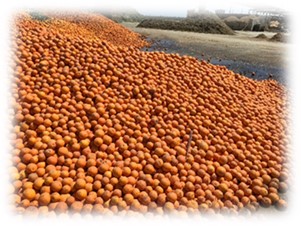
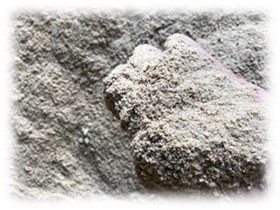
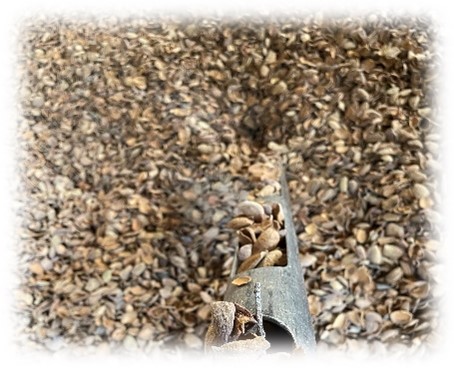
With the passage of the 2018 Farm Bill, cultivation of hemp was legalized. Hemp is grown for fiber and cannabinoid content, and for production of cannabidiol (CBD) oil. Levels of CBD and potentially Tetrahydrocannabinol (THC) can be found in the hemp by-product of CBD oil production.
Using established methods, the fate of dietary CBD and THC will be measured in milk, blood and adipose tissue of lactating goats to determine the safety to the animals and the safety of the products produced for human consumption.
The proposed study will:
- Determine the chemical composition of a hemp residue.
- Explore the digestibility of hemp and hemp residue using an in vitro rumen fermentation method.
- Determine the impact of feeding a hemp residue to lactating goats on transfer of cannabinoids to adipose tissue.
Data will provide CDFA with information to support any decision on the safety of feeding hemp residue to goats and the products produced by the goats. In addition, the study will provide information that will support future studies to feed hemp residue to lactating dairy cows. The information derived from the results of this study can be used by legislators, regulators, nutritionists, growers and processors.
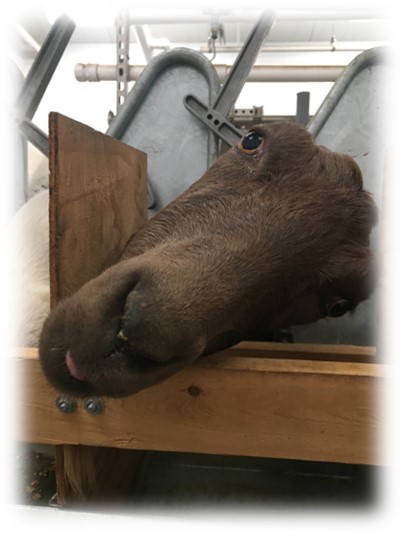
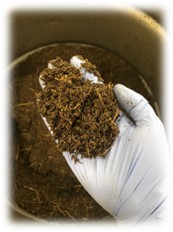
Research Grant Opportunities
SAFE does not currently have any research funding opportunities.
The Livestock Enteric Methane Emission Reduction Research Program (LEMER-RP) can be found at:
Enteric Methane Emission Reduction Programs
Other research opportunities may be found at CDFA’s Grants and the Office of Environmental Farming
Feed Research and Food Safety
If a demonstration feeding trial intends to have egg, milk or meat products from the livestock consuming the feed additive enter the human food chain, the recipient must comply with all federal and state food and feed safety laws. If a feed additive or drug provided to livestock is not approved by the United States (US) Food and Drug Administration (FDA) by means of a Food Use Authorization or formal approval from FDA, CDFA or feed ingredient definition from the Association of American Feed Control Officials (AAFCO), the recipient must provide proof the egg, milk and meat from livestock in the trial did not enter the human food chain.



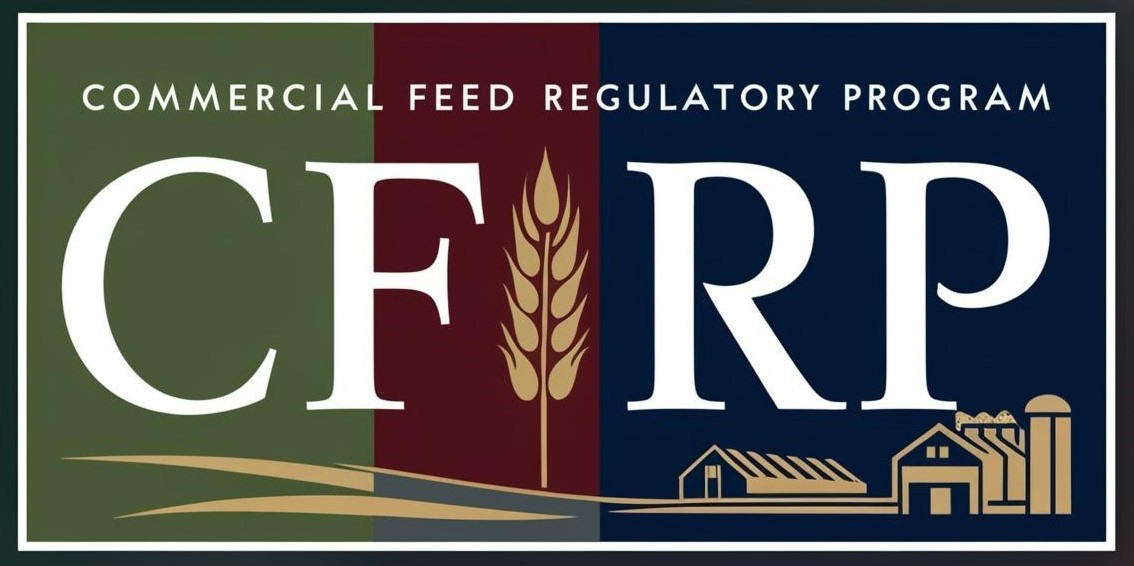 Commercial Feed Regulatory Program
Commercial Feed Regulatory Program